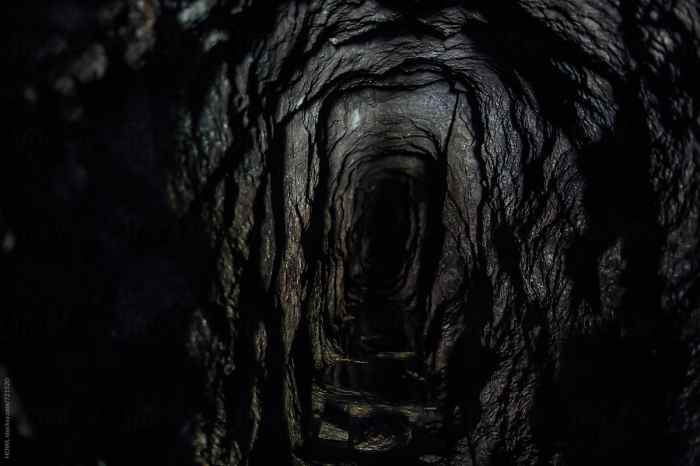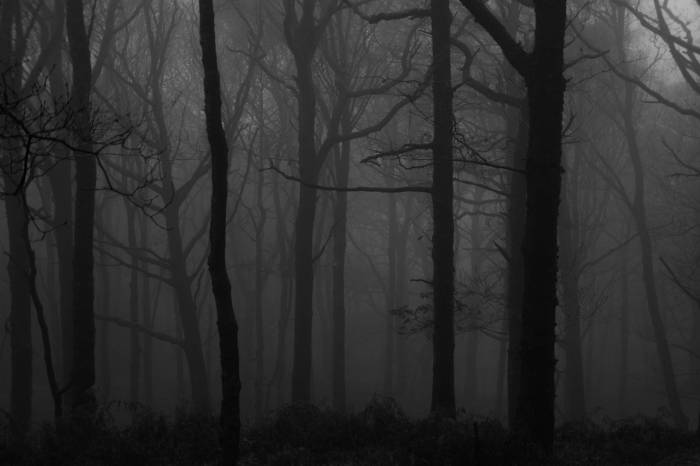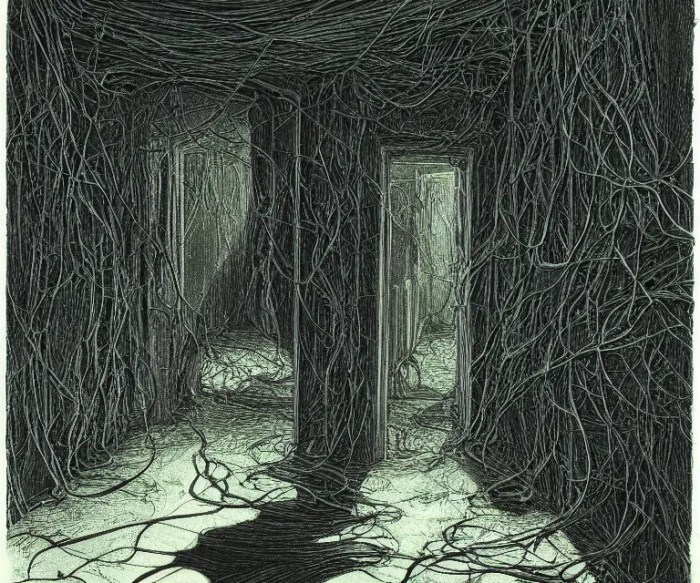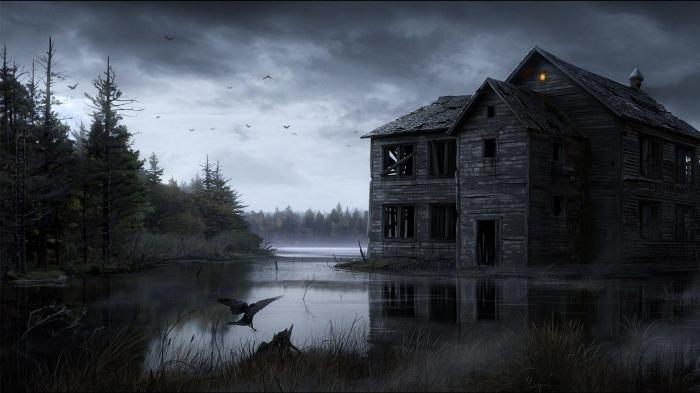Find 5 descriptive words about the raven from the poem is a journey into the haunting and mysterious world of Edgar Allan Poe’s classic poem, “The Raven.” Poe’s use of vivid imagery and evocative language brings the raven to life, creating an unforgettable character that has captivated readers for generations.
This analysis will delve into the poem, exploring the descriptive words that Poe uses to portray the raven, examining their significance and how they contribute to the overall impact of the work.
Descriptive Words for the Raven

The raven in Edgar Allan Poe’s poem “The Raven” is a haunting and enigmatic figure. Its appearance and behavior are described in vivid detail, creating a lasting impression on the reader’s mind. Five descriptive words that capture the essence of the raven are:
- Ominous:The raven’s presence is associated with a sense of impending doom and misfortune. Its arrival at the narrator’s window is a harbinger of darkness and despair.
- Eerie:The raven’s appearance is described as “spectral” and “ghostly,” creating a sense of unease and mystery. Its eyes are “fiery,” giving it an otherworldly and unsettling presence.
- Solemn:The raven’s demeanor is characterized by a sense of gravity and solemnity. It perches on the bust of Pallas Athena, a symbol of wisdom and reason, suggesting that the raven carries a message of profound significance.
- Brooding:The raven’s presence evokes a sense of brooding melancholy and contemplation. Its unwavering gaze and repetitive utterance of “Nevermore” suggest a deep-seated sadness and resignation.
- Uncanny:The raven’s behavior is both familiar and strange, creating a sense of the uncanny. Its ability to speak, its uncanny intelligence, and its inexplicable presence all contribute to its unsettling nature.
Symbolism of the Raven

The raven in Poe’s poem is a multifaceted symbol that carries a range of meanings. Its association with death and mourning is evident from its presence at the narrator’s window during a time of profound grief. The raven’s black plumage and somber demeanor reinforce this symbolism, suggesting the inevitability of death and the darkness it brings.
The raven also symbolizes wisdom and knowledge. Its perch on the bust of Pallas Athena, the goddess of wisdom, suggests that the raven possesses a deep understanding of the human condition. Its repetitive utterance of “Nevermore” can be interpreted as a reminder of the limitations of human knowledge and the futility of seeking solace in the face of death.
Furthermore, the raven represents the narrator’s own inner turmoil and despair. Its relentless presence and haunting words mirror the narrator’s own feelings of hopelessness and loss. The raven becomes a physical manifestation of the narrator’s psychological state, reflecting his descent into madness and despair.
Poe’s Use of Language: Find 5 Descriptive Words About The Raven From The Poem

Poe’s use of language in describing the raven is masterful, employing a range of literary devices to enhance the impact and meaning of the poem.
Imagery
Poe’s vivid imagery creates a haunting and unforgettable portrait of the raven. The “spectral” and “ghostly” appearance of the bird, its “fiery” eyes, and its “grim, ungainly, ghastly, gaunt, and ominous” demeanor all contribute to the poem’s eerie and unsettling atmosphere.
Metaphor
Poe uses metaphors to suggest the raven’s symbolic significance. The bird is described as a “prophet” and a “thing of evil,” hinting at its association with death and misfortune. The raven’s perch on the bust of Pallas Athena suggests that it possesses wisdom and knowledge, while its repetitive utterance of “Nevermore” can be interpreted as a metaphor for the futility of human hope.
Alliteration, Find 5 descriptive words about the raven from the poem
Poe’s use of alliteration enhances the musicality and impact of the poem. The repetition of the letter “r” in lines such as “Once upon a midnight dreary, while I pondered, weak and weary” creates a haunting and unforgettable rhythm that reinforces the poem’s somber tone.
Comparison to Other Poe Works

The raven in “The Raven” bears similarities to other ravens depicted in Poe’s works, such as the one in “The Tell-Tale Heart” and the one in “The Masque of the Red Death.” In all three works, the raven is associated with death and misfortune, symbolizing the narrator’s inner turmoil and despair.
However, there are also notable differences in the portrayal of the raven in “The Raven” compared to other Poe works. In “The Tell-Tale Heart,” the raven is a physical manifestation of the narrator’s guilt and paranoia, while in “The Masque of the Red Death,” it is a symbol of the inevitability of death.
In “The Raven,” the raven is a more complex and multifaceted figure, representing both death and wisdom, and mirroring the narrator’s own psychological state.
These comparisons shed light on Poe’s writing style and thematic preoccupations. The raven is a recurring symbol in Poe’s works, representing his fascination with death, madness, and the supernatural. The different ways in which the raven is depicted in different works reflect Poe’s exploration of these themes and his mastery of the Gothic genre.
FAQ Compilation
What is the significance of the raven’s color in the poem?
The raven’s black plumage is symbolic of death, mourning, and the unknown. It is a harbinger of misfortune and a reminder of the inevitability of death.
How does the raven’s behavior contribute to its characterization?
The raven’s repetitive and ominous utterances of “Nevermore” create a sense of foreboding and despair. Its persistent presence and refusal to leave the narrator’s chamber suggest a connection to the supernatural and the realm of the dead.